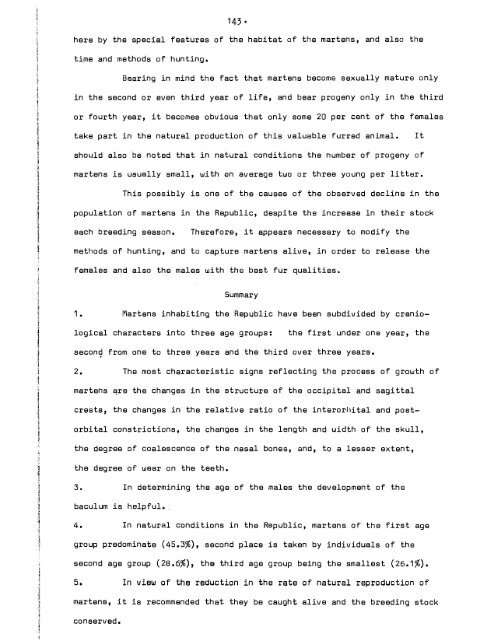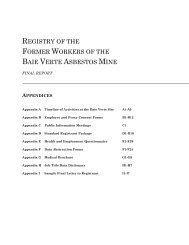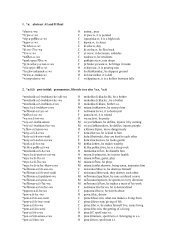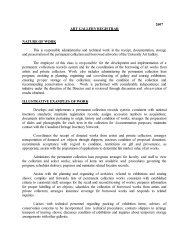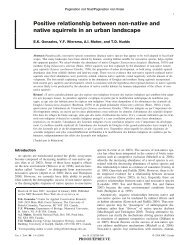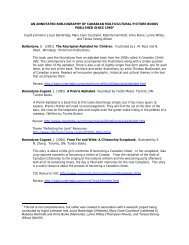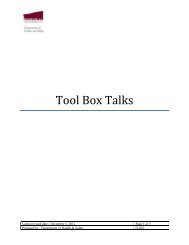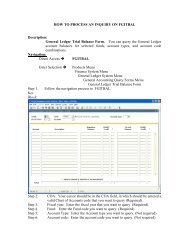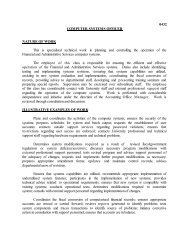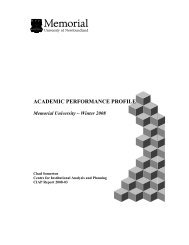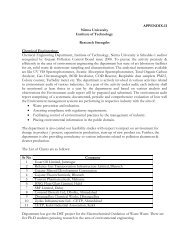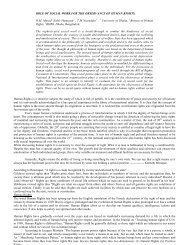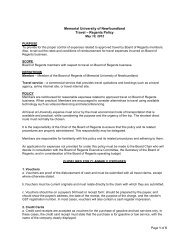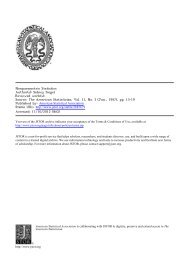Create successful ePaper yourself
Turn your PDF publications into a flip-book with our unique Google optimized e-Paper software.
143 •<br />
here by the special features <strong>of</strong> the habitat <strong>of</strong> the martens, and also the<br />
time and methods <strong>of</strong> hunting.<br />
Bearing in mind the fact that martens become sexually mature only<br />
in the second or even third year <strong>of</strong> life, and bear progeny only in the third<br />
or fourth year, it becomes obvious that only some 20 per cent <strong>of</strong> the females<br />
take part in the natural production <strong>of</strong> this valuable furred animal.<br />
It<br />
should also be noted that in natural conditions the number <strong>of</strong> progeny <strong>of</strong><br />
martens is usually small, with on average two or three young per litter.<br />
This possibly is one <strong>of</strong> the causes <strong>of</strong> the observed decline in the<br />
population <strong>of</strong> martens in the Republic, despite the increase in their stock<br />
each breeding season.<br />
Therefore, it appears necessary to modify the<br />
methods <strong>of</strong> hunting, and to capture martens alive, in order to release the<br />
females and also the males with the best fur qualities.<br />
Summary<br />
1 • Martens inhabiting the Republic have been subdivided by craniological<br />
characters into three age groups:<br />
the first under one year, the<br />
second from one to three years and the third over three years.<br />
2. The most characteristic signs reflecting the process <strong>of</strong> growth <strong>of</strong><br />
martens ~re<br />
the changes in the structure <strong>of</strong> the occipital and sagittal<br />
crests, the changes in the relative ratio <strong>of</strong> the interorbital and postorbital<br />
constrictions, the changes in the length and width <strong>of</strong> the skull,<br />
the degree <strong>of</strong> coalescence <strong>of</strong> the nasal bones, and,<br />
to a lesser extent,<br />
the degree <strong>of</strong> wear on the teeth.<br />
3. In determining the age <strong>of</strong> the males the development <strong>of</strong> the<br />
baculum is helpful•.<br />
4. In natural conditions in the Republic, martens <strong>of</strong> the first age<br />
group predominate (45.3%), second place is taken by individuals <strong>of</strong> the<br />
second age group (28.6%), the third age group being the smallest (26.1%).<br />
5. In view <strong>of</strong> the reduction in the rate <strong>of</strong> natural reproduction <strong>of</strong><br />
martens, it is recommended that they be caught alive and the breeding stock<br />
conserved.


